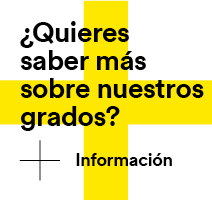Read
Women's novels: 8 must-read books by female authors
At BeBrave we celebrate International Women's Day with reading. The University of Navarra'sLibrary Services , from the account @leyendoseentiendelagenteaccount, recommends a list of eight must-read books.
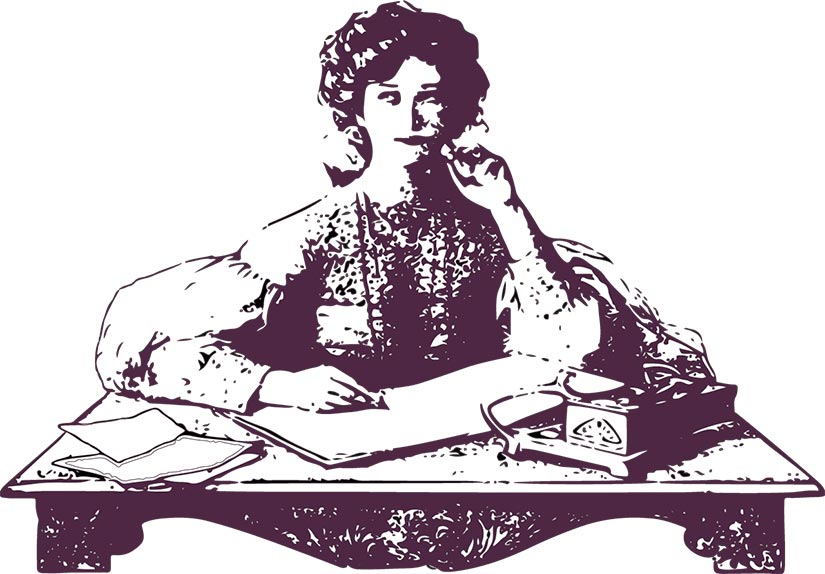
Eight books to celebrate 8 March. From BeBrave and the Library Services of the University of Navarra, we would like to invite all our readers to reflect on the immeasurable contribution of all those women authors who have marked the history of literature with their pens.
These eight female voices remind us of the power of the written word. Voices that were ahead of their time and who, with their stories and characters, managed to change the social paradigms of their different eras. source Voices that, without a doubt, continue to be an inexhaustible source of inspiration for future generations.
Perhaps a list of eight books is not enough to honour the great masters of the language. For those who want a more demanding challenge, the Library Services of the University of Navarra offers a more extensive list of books. We encourage you to join challenge reading 2021!
El libro de mi destino, Parinous Saniee, Salamandra, 2014.
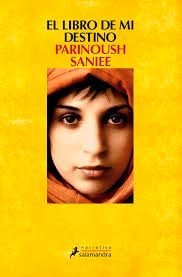 This first novel by the Iranian author, sociologist and psychologist has been banned on numerous occasions in her country. However, it has been translated into more than twenty-five languages and has enjoyed a great deal of interest worldwide, receiving in Italy the award Boccaccio 2010 for the best foreign novel.
This first novel by the Iranian author, sociologist and psychologist has been banned on numerous occasions in her country. However, it has been translated into more than twenty-five languages and has enjoyed a great deal of interest worldwide, receiving in Italy the award Boccaccio 2010 for the best foreign novel.
The story revolves around Masumeh's life, from his adolescence to his maturity, which coincides in time with the last years of Shah Mohammad Reza Pahlavi's reign, the seed of the 1979 Revolution and the early years of the Islamic Republic under the leadership of Ayatollah Khomeini.
Masumeh's destiny, to which degree scroll alludes, does not belong to her, even though she is an intelligent and courageous woman. Her Withdrawal is imposed by social convention, subordination to the men in her family, the political environment, family needs and the desires of others, imposed marriage and the disadvantage of being a woman.
Charlotte, David Foenkinos, Alfaguara, 2015.
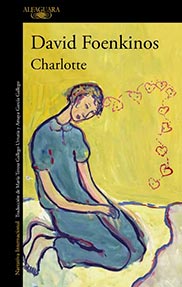 In this novel Foenkinos tells the story of Charlotte Salomon, a Jewish painter who died at the age of 26.
In this novel Foenkinos tells the story of Charlotte Salomon, a Jewish painter who died at the age of 26.
The novel is written in poetic prose, with short sentences, which narrates two obsessions. On the one hand, the author's obsession with the painter and, on the other, the author's obsession with capturing in her work the family history through images. Life? or theatre? her family history through images.
Charlotte was born in Berlin and, throughout her life, the author recounts how Jews are excluded from German life and introduces the reader to the life of this artist, who is marked by tragedy from an early age.
Also, the author inserts himself into the story, explaining the how and why of his fascination with Charlotte, and the places he visited in an attempt to reconstruct part of her life.
The Diary of Anne Frank, Ari Folman, David Polonsky, Penguin Random House, 2017.
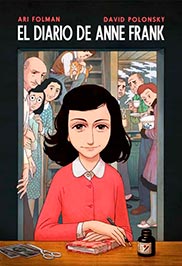 The Israeli film director Ari Folman and the illustrator David Polonsky have carried out this narrative and visual work following the well-known diary - although, due to the peculiarities of the comic as a literary style, there is a certain difference in the density of the story between the novel and the graphic genre. However, through their vignettes, they give us visual profiles of the characters in the "Diary" that fit perfectly with the narrative.
The Israeli film director Ari Folman and the illustrator David Polonsky have carried out this narrative and visual work following the well-known diary - although, due to the peculiarities of the comic as a literary style, there is a certain difference in the density of the story between the novel and the graphic genre. However, through their vignettes, they give us visual profiles of the characters in the "Diary" that fit perfectly with the narrative.
Lively vignettes with a sober graphic style, but with very appropriate commentary and, at times, even a touch of sarcasm and humour, which combine in perfect harmony with full pages of text reproduced from the original, make this comic book a very appropriate book for a first approach to "The Diary of Anne Frankthe work of the same name that gives degree scroll to this visual document.
La princesa de Éboli, Almudena de Arteaga, Martínez Roca, 2007
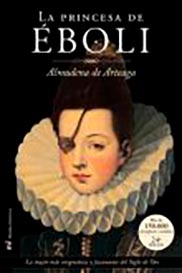 Almudena de Arteaga tells us in this novel about the life of Ana de Mendoza de la Cerdaknown as the Princess of EboliThe author, a descendant of the princess, narrates the life of this woman in a very entertaining and fluent way in the first person.
Almudena de Arteaga tells us in this novel about the life of Ana de Mendoza de la Cerdaknown as the Princess of EboliThe author, a descendant of the princess, narrates the life of this woman in a very entertaining and fluent way in the first person.
This historical novel is set in the 16th century, more precisely in the court of Philip II, where the Princess of Eboli aroused passions and envy due to her beauty and intelligence, and tells us how Ana fought for her rights with a strength and determination unusual for a woman in Spain at that time.
Sofia Petrovna: an exemplary citizen, Lidia Chukóvskaia, Errata Naturae, 2014.
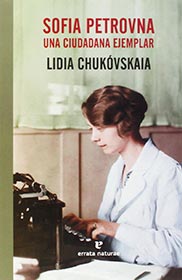 Sophia Petrovna, The widow of a prestigious doctor, she works without any problems as a typist in one of the most important publishing houses in Leningrad. Everything was to change when, under Stalin's regime in the mid-1930s, the Great Purge and his son is detained.
Sophia Petrovna, The widow of a prestigious doctor, she works without any problems as a typist in one of the most important publishing houses in Leningrad. Everything was to change when, under Stalin's regime in the mid-1930s, the Great Purge and his son is detained.
This novel was written shortly after the events took place and, although the characters are partly fictional, it reflects well the drama of those times. A novel that succeeds in taking the reader inside the tormented life of Sophia Petrovna.
The Handmaid's Tale, Margaret Atwood, Bruguera, 2008.
 Coinciding with the premiere of the HBO series of the same name, publishing house Salamandra has reissued this work, published in 1985 and whose previous Bruguera edition was out of print.
Coinciding with the premiere of the HBO series of the same name, publishing house Salamandra has reissued this work, published in 1985 and whose previous Bruguera edition was out of print.
In this dystopia created by the Canadian author, award Príncipe de Asturias de las Letras 2008, life in a North American state at the end of the 20th/beginning of the 21st century is presented, where the population has lost its fundamental rights, mainly women, who are recruited as "servants" for procreation and at the service of a "commander".
The story alternates between the protagonist's past, before the imposed dictatorship, and the present, with her status as a maid. An uncomfortable novel that raises more questions than it answers in the manner of Orwell's 1984 and its vigilante big brother.
Americanah, Chimamanda Ngozi Adichie, Random House, 2014.
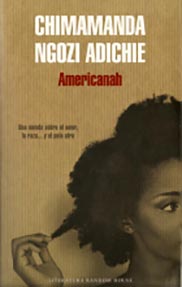 Obinze and Ifemelu are two teenagers who fall in love in Lagos, in the framework of a military dictatorship. Obinze dreams of studying in the United States, but it is Ifemelu who gets to go there.
Obinze and Ifemelu are two teenagers who fall in love in Lagos, in the framework of a military dictatorship. Obinze dreams of studying in the United States, but it is Ifemelu who gets to go there.
It tells the story of the two, together and separately, over thirty years.
It is a love story, as well as a story of race, adaptation, social class, immigration and family.
Sally Heathcote, suffragette, Mary M. Talbot, Kate Charlesworth, Bryan Talbot, The Dome, 2018.
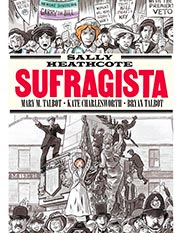 This comic begins with a full-page image. It is 1969 in an old people's home at residency program in Hackney, England. An old woman appears bedridden, surrounded by her personal mementos: photos, posters, badges and a medal with a name on it. She is Sally Heathcote and this is her story.
This comic begins with a full-page image. It is 1969 in an old people's home at residency program in Hackney, England. An old woman appears bedridden, surrounded by her personal mementos: photos, posters, badges and a medal with a name on it. She is Sally Heathcote and this is her story.
The WSPU (Women's Social and Political Union) was a militant organisation for women's suffrage created by the Pankhurst family at the beginning of the 20th century. Emmeline Pankhurst, leader of the suffragette movement, appears as one of the characters in this comic, and Sally, the fictional character and heroine of this book, joins her service.
Although we already know the result of this demand for universal suffrage, this does not prevent us from immersing ourselves in this well-documented reading, which highlights these women who in some cases gave their lives to achieve the right to vote for women.
It is worth highlighting the use of colour in this black and white chronicle in which green and purple, the official colours of the WSPU along with white, stand out; the orange of Sally's hair, the red of blood and the yellow of light.
If you liked the article, you might be interested in one of our Degrees!





